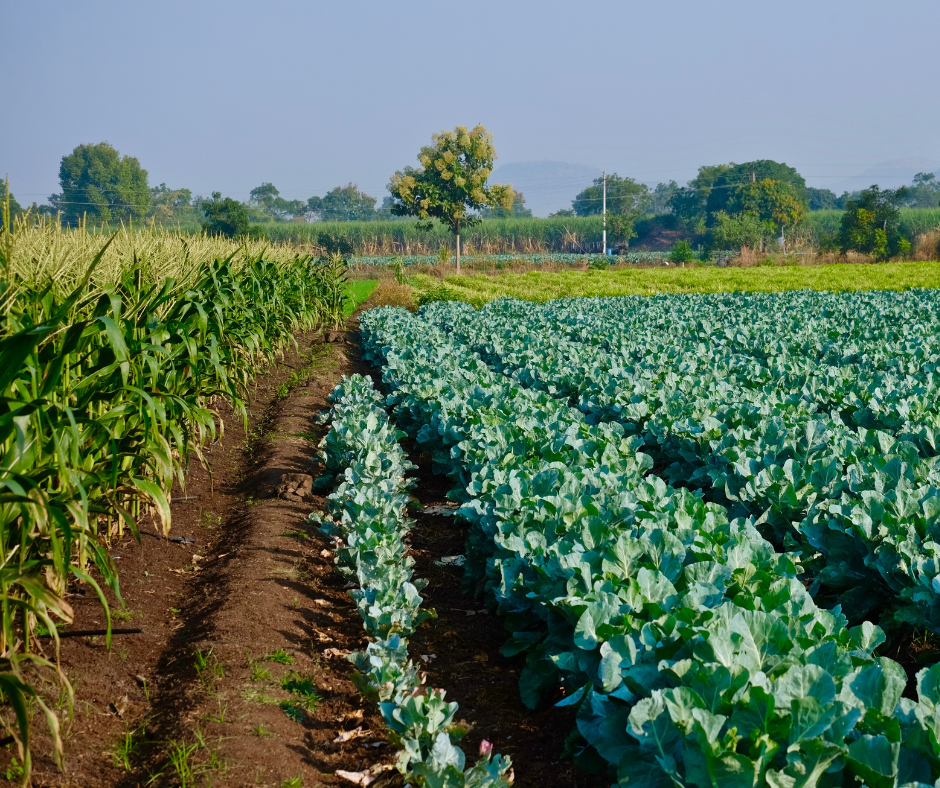01 Nov Double cropping in the US amid supply challenges
It’s conventional to think of an area of land producing one harvested crop each growing season. However, the practice of double cropping – harvesting twice, often of different crops, from the same area of land through the season – does have advantages. Recent changes to USDA legislation have made double cropping more attractive for US growers.
Double cropping in the US most commonly relates to cereals and soy growing, sometimes in combination. The approach typically means lower yields per harvest than single cropping, but a higher yield overall for the year. It is vulnerable to weather variation however, with delays to harvest of the first crop putting pressure or added risk on the second.
This is where the move from the USDA is important. They have changed regulations around insurance for this type of activity that makes double cropping less risky, and therefore more appealing, to farmers.
The move comes in the wake of the war in Ukraine impacting global cereal production and trade, supply chain disruption, and the pandemic. The aim is to help keep food affordable and available in the face of possible disruption.
To what extent this opportunity will be taken up by farmers remains to be seen. However, the action by the USDA echoes the moves being made by many governments around the world to ensure resilience of their food supplies after multiple shocks in quick succession.






